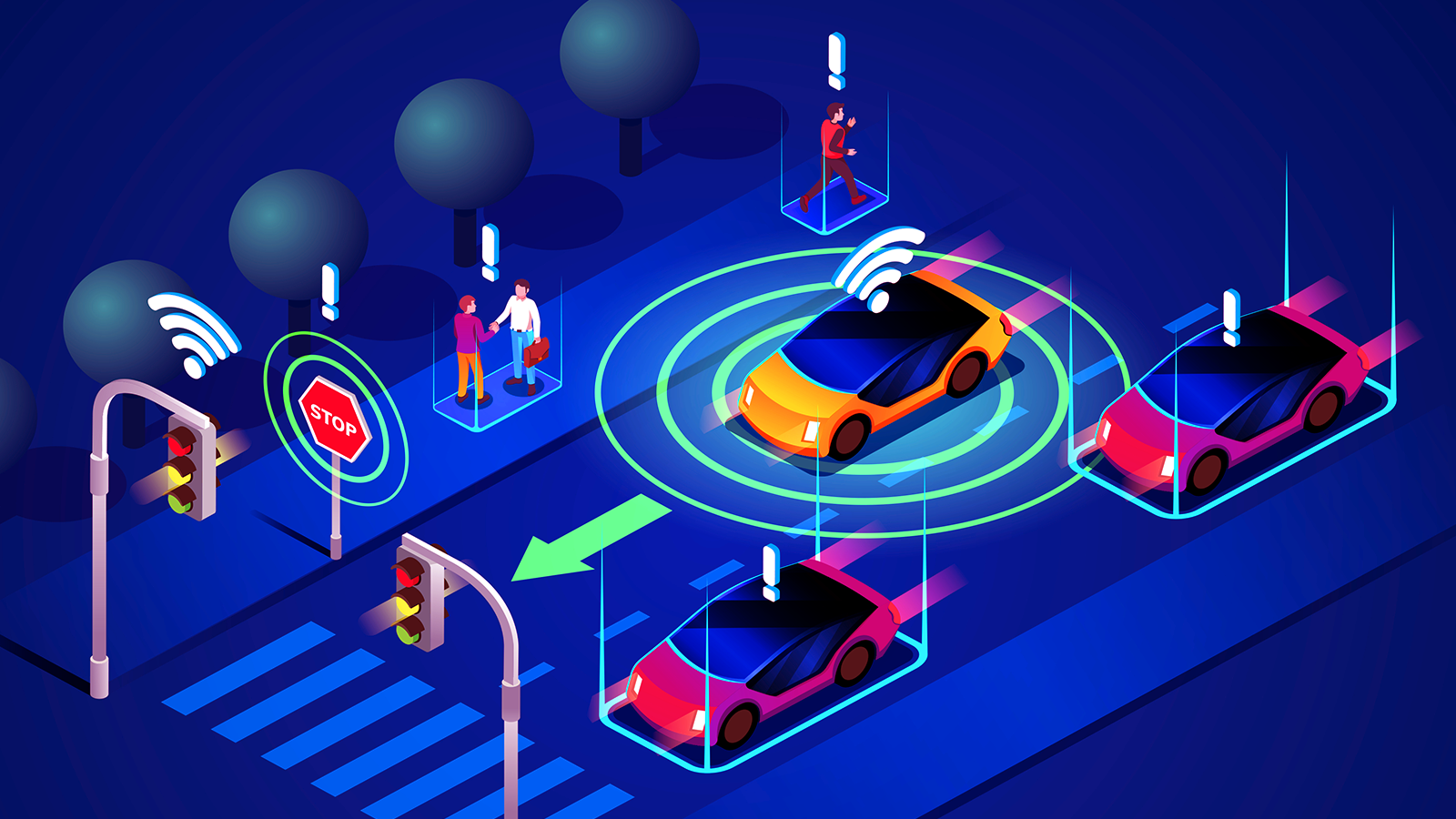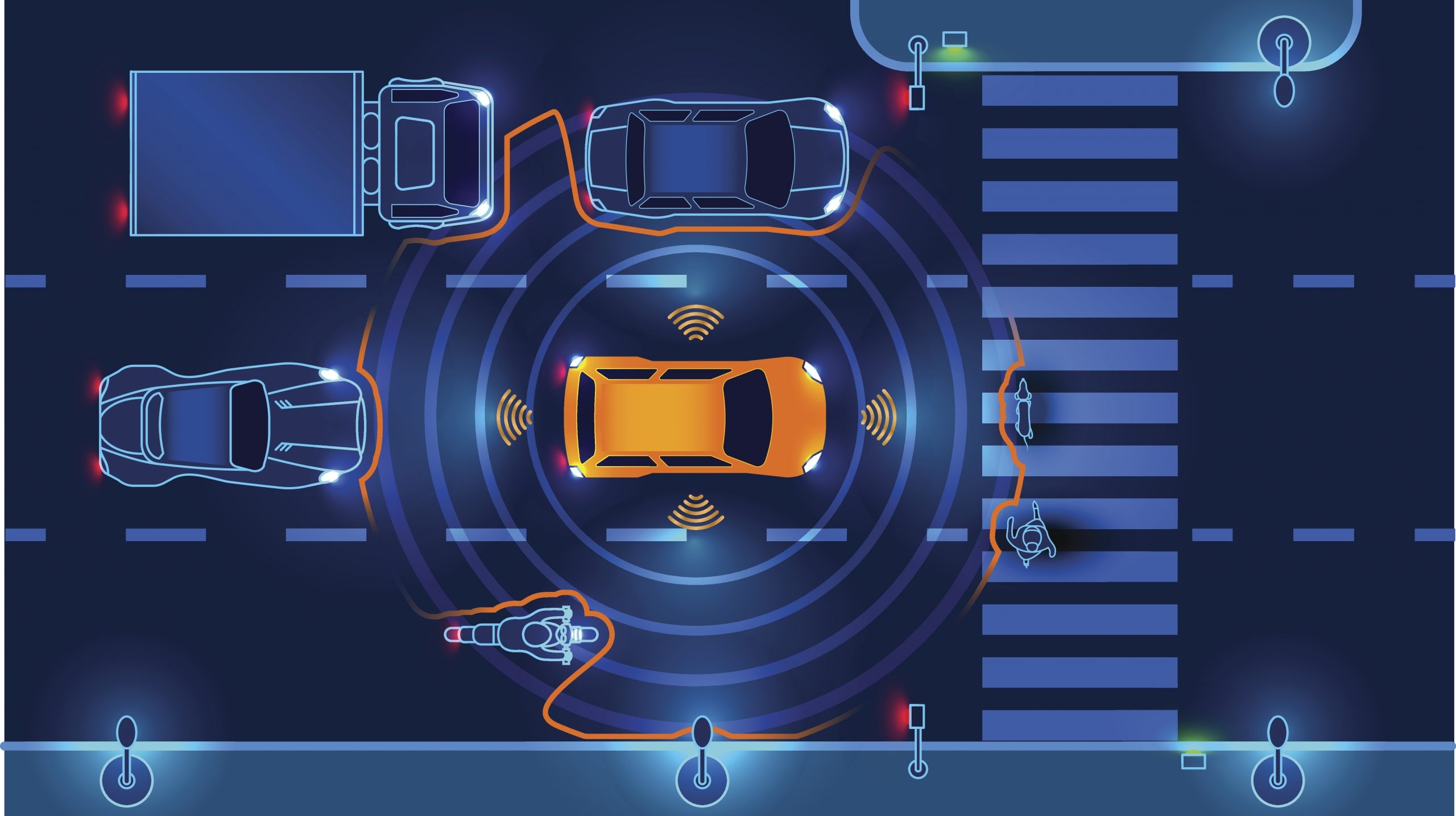The transportation industry is undergoing a seismic shift with the rise of Vehicle-to-Everything (V2X) communication technology. As we head into 2025, this innovation is poised to revolutionize how vehicles interact with their environment, paving the way for safer, smarter, and more efficient roads. V2X enables cars to communicate with other vehicles, infrastructure, pedestrians, and even networks, creating an interconnected ecosystem that enhances mobility and safety.
In this article, we’ll delve into what V2X is, how it works, and its transformative impact on the future of transportation.
What Is V2X Communication?
V2X communication refers to the exchange of information between vehicles and their surroundings. This technology encompasses several subsets, including:

- Vehicle-to-Vehicle (V2V): Communication between vehicles to share critical data like speed, position, and direction.
- Vehicle-to-Infrastructure (V2I): Interaction with traffic lights, road signs, and other infrastructure for real-time traffic updates.
- Vehicle-to-Pedestrian (V2P): Alerts between vehicles and pedestrians or cyclists for enhanced safety.
- Vehicle-to-Network (V2N): Connectivity with cloud services for navigation and infotainment.
By leveraging dedicated short-range communication (DSRC) or 5G networks, V2X ensures seamless data exchange, enabling a more responsive and intelligent transportation system.
The Technology Behind V2X
The core of V2X communication lies in advanced connectivity solutions like cellular-based V2X (C-V2X) and 5G-enabled networks. These technologies allow for ultra-low latency and high-speed data transfer, making real-time decision-making possible. Key components include:

- Onboard Units (OBUs): Installed in vehicles to transmit and receive data.
- Roadside Units (RSUs): Infrastructure devices facilitating communication between vehicles and road systems.
- Edge Computing: Processes data locally for faster responses, reducing dependency on central servers.
These elements collectively enable a dynamic ecosystem where vehicles and infrastructure work together to optimize traffic flow, reduce accidents, and improve overall efficiency.
Benefits of V2X Communication
1. Enhanced Road Safety
One of the most significant advantages of V2X is its potential to prevent accidents. For example, V2V communication can warn drivers about sudden braking ahead, while V2P technology can alert vehicles about pedestrians crossing the road.
2. Optimized Traffic Management

V2X communication facilitates real-time traffic monitoring and control. Vehicles equipped with V2I can receive data about traffic conditions, enabling them to avoid congested areas and reduce travel time.
3. Lower Environmental Impact
By streamlining traffic and reducing idle time, V2X helps cut down on fuel consumption and emissions, contributing to greener cities.
4. Support for Autonomous Vehicles
Self-driving cars rely heavily on V2X technology to navigate safely and efficiently. By enabling constant communication with their environment, V2X makes autonomous driving more reliable.
Challenges in Implementing V2X
Despite its numerous benefits, V2X technology faces several hurdles:
- Cybersecurity Concerns: The interconnected nature of V2X makes it vulnerable to hacking and data breaches. Ensuring robust security protocols is essential.

- Infrastructure Costs: Upgrading existing road systems with RSUs and 5G capabilities requires significant investment.
- Standardization Issues: Different regions and manufacturers use varied communication standards, complicating universal adoption.
- User Privacy: The collection and sharing of data raise concerns about user privacy and data misuse.
Addressing these challenges will be crucial for the widespread deployment of V2X systems.
V2X Communication in Action
Countries worldwide are piloting V2X projects to demonstrate its real-world benefits. For instance:
- United States: Smart city projects in cities like Columbus, Ohio, are integrating V2X to improve urban mobility.
- Europe: The European Union’s C-ITS (Cooperative Intelligent Transport Systems) initiative aims to enhance cross-border traffic management using V2X.

- Asia: South Korea and Japan are leading the way in deploying 5G-enabled V2X for autonomous vehicle testing.
These initiatives highlight the global commitment to leveraging V2X technology for better transportation outcomes.
The Future of V2X Communication
The integration of V2X with emerging technologies like artificial intelligence (AI), Internet of Things (IoT), and blockchain is set to redefine transportation further. AI can enhance predictive capabilities, IoT can expand the network of connected devices, and blockchain can ensure secure data sharing.
By 2030, experts predict that V2X will be a standard feature in most vehicles, facilitating the transition to fully autonomous transport systems and sustainable urban mobility.
Conclusion
Vehicle-to-Everything communication is not just a technological advancement; it’s a transformative force reshaping the future of transportation. From improving safety and efficiency to supporting autonomous driving, V2X holds immense promise. However, its success depends on overcoming challenges like cybersecurity risks and infrastructure costs.
Are you excited about the potential of V2X communication? Share your thoughts or explore more insights on our website to stay informed about the latest trends in automotive technology. Your input can drive the conversation forward!

Leave a Reply